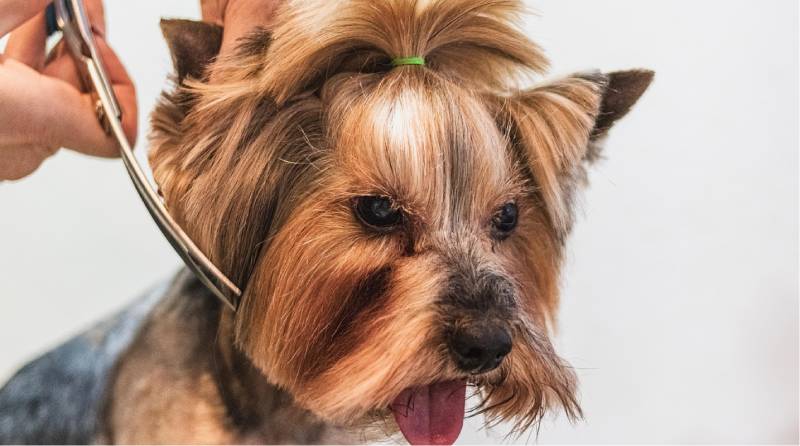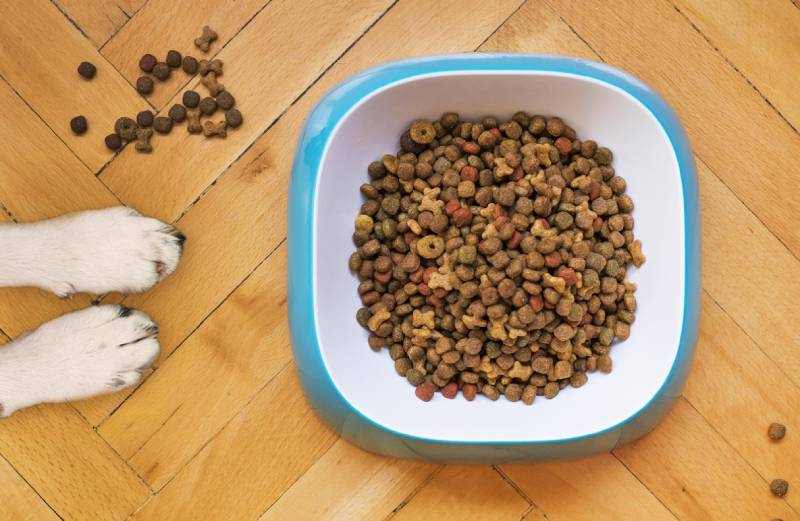Dogs are among the most loyal and loving companions. Training your dog well helps build a strong bond, especially for first-time owners. In this guide, we’ll share a variety of dog training tips and techniques to assist new dog owners, those dealing with behavioral issues, and adoptive owners. Let’s get started!
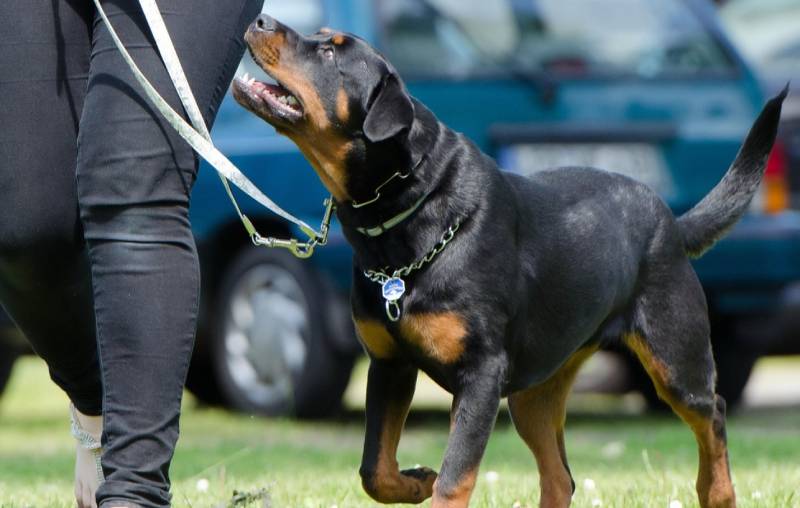
Core Training Principles
1. Positive Reinforcement
Positive reinforcement is one of the most effective dog training techniques for beginners, helping to build trust and a stronger bond with your dog. That means you will give them rewards immediately as soon as they exhibit the desired behavior. These rewards can be food treats, praises, petting, or toys. Remember not to accidentally reward bad behaviors. Positive reinforcement not only teaches obedience but also encourages your dog to enjoy training sessions. When your dog sees training as a fun and rewarding experience, they are more engaged, focused, and eager to learn.
2. Train Consistently
Consistency is important in dog training. Consistent dog training at home means training and teaching your dog in the same way, the same rule, or the same standard, and practicing your dogs day by day. Do not be the irresponsible dog trainer who changes rules every day; in that way, your dog may feel confused and stressed as well. Consistency tells your dog, “If I do X, Y will happen,” which makes them feel more secure and willing to cooperate. You can perform a structured dog crate training schedule, for example, training your dogs 5-10 minutes several times a day instead of training them for 1 hour.
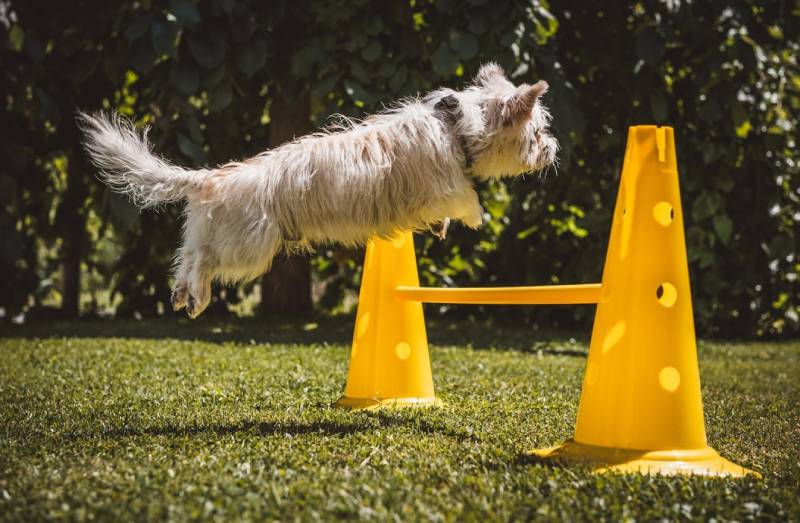
3. Train with Patience
Dog training constantly challenges a trainer’s patience. First, as a dog owner who wants his dog to be well-behaved, you must teach your dog step by step with patience. A bunch of time and repetitive training are needed to correct dogs bad behaviors. Learning the best dog training techniques can help you focus on effective, proven methods. Significant progress won’t happen if you start training with great enthusiasm but fizzle out after a week. Not all dogs are Border Collies — intelligent and super easy to train. So treat your lovely dogs with patience, consistency, and engagement.
4. Train with High-Value Treats
Using high-value treats—special snacks your dog doesn’t get every day—can supercharge training sessions. These rewards grab your dog’s attention and keep them motivated, especially when learning new or difficult commands. Choose small, soft treats that are easy to eat quickly so your dog stays focused on the task, not the chewing. Reserve these high-value rewards for training only, making them extra exciting. Pair each correct behavior with a treat and enthusiastic praise to reinforce the connection between action and reward. Over time, you can gradually reduce treat frequency while keeping your dog eager to follow commands.
5. Start Training from a Puppy
Beginning training when your dog is still a puppy lays the groundwork for a lifetime of good behavior. Puppies are especially receptive to learning between 8–16 weeks old, making this a prime time to introduce basic commands, house training, and proper socialization. Early training helps prevent unwanted habits from forming and fosters a strong bond between you and your dog. Keep sessions short, positive, and consistent, using rewards like treats or praise. Explore puppy training tips to make the process easier, and expose your puppy to a variety of sights, sounds, and experiences so they grow into a confident, well-adjusted adult.
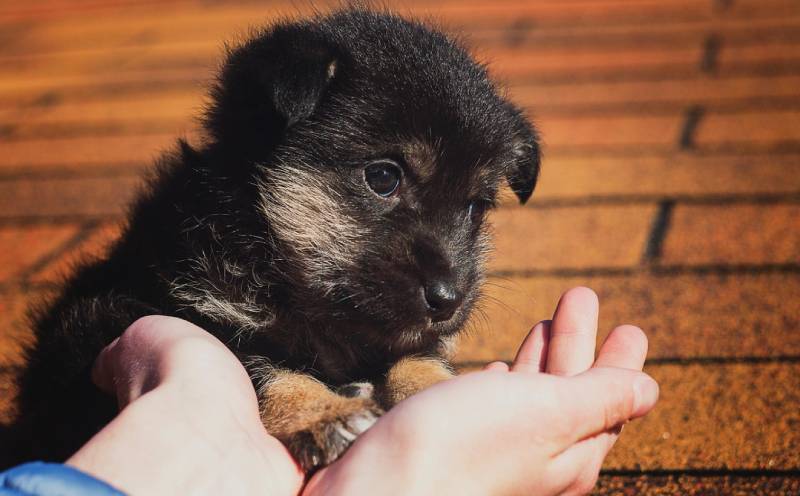
Practical Dog Training Skills
1. Crate Training
Crate training is widely used to teach dogs boundaries, safety, and house manners. The crate serves as a secure, den-like space where the dog can relax, sleep, and feel safe. It is especially useful for housebreaking, as dogs instinctively avoid soiling their sleeping area. Crate training also prevents destructive behaviors when the dog is unsupervised and makes travel safer and less stressful. The key is to introduce the crate gradually, using positive reinforcement such as treats, praise, and toys, ensuring it becomes a comfortable place rather than a form of punishment. Check what to do if your puppy is constantly barking in the crate.
2. Introducing Dogs
Introducing dogs is an essential socialization technique that fosters trust, reduces stress, and sets the stage for a positive relationship. Dogs are naturally territorial, so a rushed or poorly planned meeting can trigger anxiety, aggression, or resource guarding. A calm, structured introduction—ideally in a neutral location—helps create a positive first impression and prevents negative associations that could affect future interactions. Walking dogs side-by-side at a comfortable distance, gradually allowing brief sniffs, and rewarding relaxed behavior builds mutual comfort. Over time, this method encourages peaceful coexistence, making it easier for dogs to share space, toys, and routines without conflict.
3. Potty Training a Puppy
Potty training is the foundation of dog training. Success depends on a consistent routine, positive reinforcement, and close supervision. Feed your puppy at set times and take them to a designated potty spot—outdoors or on a pee pad—after waking, eating, playing, and every 1–2 hours. Use a verbal cue like “Go potty” and reward with praise and treats immediately after success. Supervise closely to catch signs they need to go, and use a crate when unsupervised to prevent accidents. Avoid punishment; instead, reinforce good habits and clean up mistakes thoroughly.
4. Teach Your Dog to Stay
Teaching your dog to “stay” is a core obedience technique that builds impulse control, focus, and safety. Start with a known position like “sit” or “down,” then clearly say “stay” while showing a palm-out hand signal. Release with a consistent cue such as “Okay” and reward immediately. Gradually increase duration before adding distance, then introduce distractions once your dog can hold position reliably. Always reward in position, keep sessions short and positive, and practice in various environments to ensure real-world reliability. A solid “stay” helps prevent dangerous situations and encourages calm, controlled behavior in everyday life.
5. Crate Train a Puppy at Night
Nighttime crate training is a powerful way to help your puppy feel secure, develop healthy routines, and master house training. A properly sized crate mimics a den, providing comfort and preventing unsupervised mischief. Start by introducing the crate during the day with treats and toys to build positive associations. At bedtime, follow a consistent routine—play, potty break, then crate time—to signal rest. Keep the crate nearby so your puppy feels reassured, and handle nighttime potty breaks calmly with minimal interaction. Reward quiet nights in the morning. Over time, theses dog house training techniques help foster safety, structure, and confidence for a well-adjusted dog.
Conclusion
In conclusion, mastering these professional dog training techniques—positive reinforcement, consistency, patience, high-value treats, and early training—sets the foundation for a happy, well-behaved canine companion. Combined with practical skills like crate training, social introductions, potty training, teaching “stay,” and nighttime routines, you can nurture trust, confidence, and good manners in your dog. Remember, training is an ongoing process that strengthens your bond and enriches your dog’s life. With dedication and understanding, you’ll not only shape positive behaviors but also enjoy a lifelong partnership built on mutual respect, love, and joy.
FAQs
What is the most effective method of dog training?
One of the most effective training techniques for dogs is positive reinforcement. This approach rewards desired behaviors with treats, praise, or play, making learning enjoyable and strengthening the bond between dog and owner. It avoids fear-based tactics, encourages trust, and promotes long-term success. Consistency, patience, and clear communication are essential, as is tailoring training to your dog’s personality and needs. Positive reinforcement works for puppies and adult dogs alike, making it a versatile, humane choice.
What is the hardest thing to train a dog to do?
The hardest thing to train a dog is reliable recall—getting them to come back every time, even with distractions. It requires patience, consistency, and gradual exposure to challenging environments. Dogs are naturally curious, so resisting interesting smells, sights, or other animals is difficult. Building a strong bond, using high-value rewards, and making recall fun are key. Mastering this skill ensures safety, freedom, and trust between dog and owner.
How much does dog training cost?
Dog training costs vary widely based on location, trainer experience, and program type. Group classes typically range from $50–$150 for several sessions, while private lessons may cost $30–$100 per hour. Specialized training, like behavior modification or service dog preparation, can be significantly higher. Online courses and self-guided programs are usually more affordable. Investing in professional dog training can improve your dog’s behavior, strengthen your bond, and prevent costly problems later.

